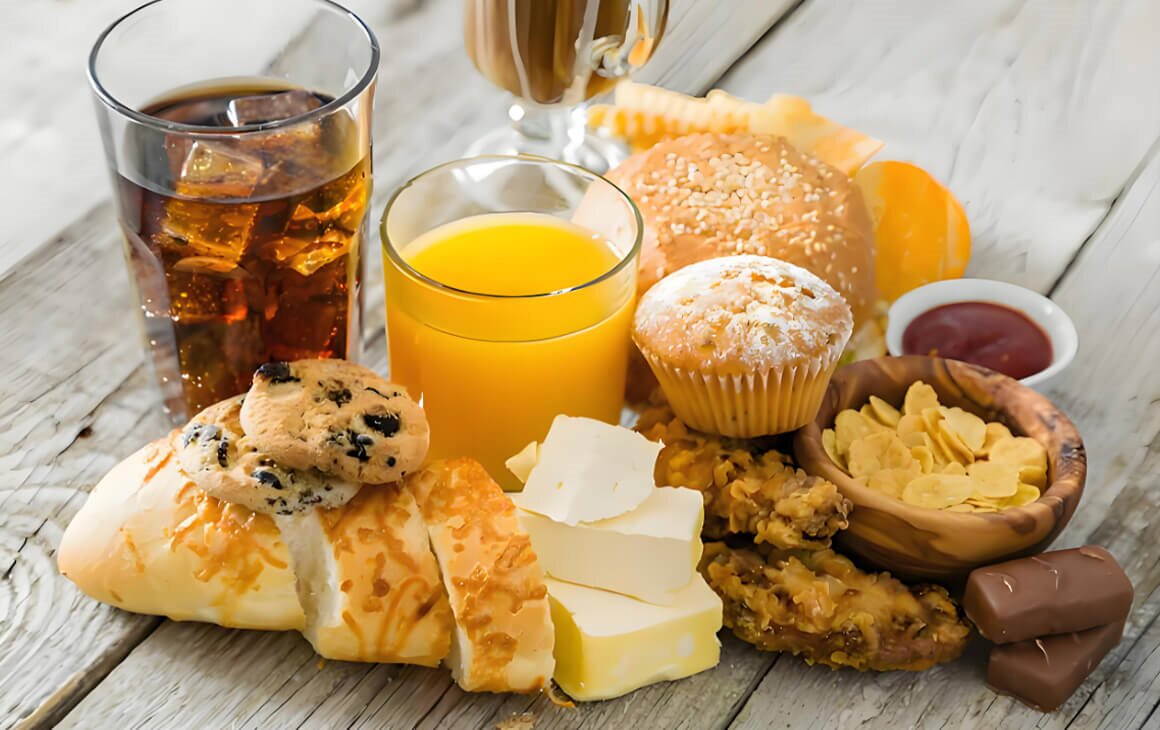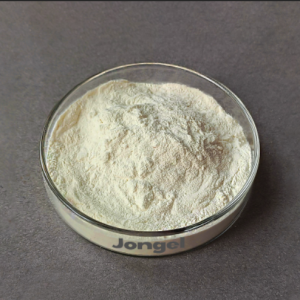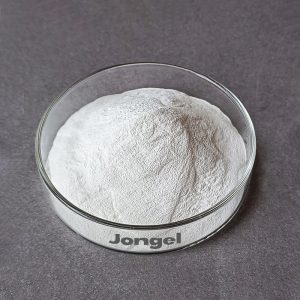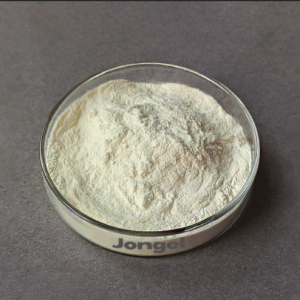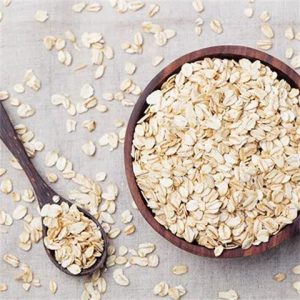The application of food additive
Food additives are widely used in many fields, mainly including the following aspects:
Improving the sensory properties of food: Food additives can improve the sensory properties of food such as color, aroma, and taste, making it more attractive. For example, colorants can make food appear colorful and attract consumers' attention; spices and flavors can increase the aroma of food and enhance the attractiveness of food
Extending the shelf life of food: Preservatives are important substances to prevent food from spoiling and can inhibit the growth and reproduction of microorganisms, thereby extending the shelf life of food. Common preservatives include benzoic acid and its salts, sorbic acid and its salts, propionic acid and its salts, etc.
Increasing the nutritional value of food: Nutritional enhancers can increase the nutritional value of food and meet people's health needs. For example, vitamin and mineral additives can supplement the nutrients in food
Improving processing technology: Emulsifiers and thickeners play an important role in food processing. They can improve and stabilize the physical properties of each component of food and improve the tissue state of food. Emulsifiers and thickeners are widely used in various foods, such as bread, cakes, ice cream, etc.
Specific application areas
Baked foods: Baked foods such as bread and cakes often use leavening agents to improve their taste and structure. Leavening agents can expand the dough when heated, making the food soft and delicious.
Flour and rice products: Flour and rice products such as noodles and dumpling wrappers often use thickeners to improve their taste and appearance. Thickeners can make flour products smoother and more elastic.
Definition and classification of food additives: Food additives refer to chemically synthesized or natural substances added to food to improve food quality and color, aroma, taste, and for preservation and processing needs.

